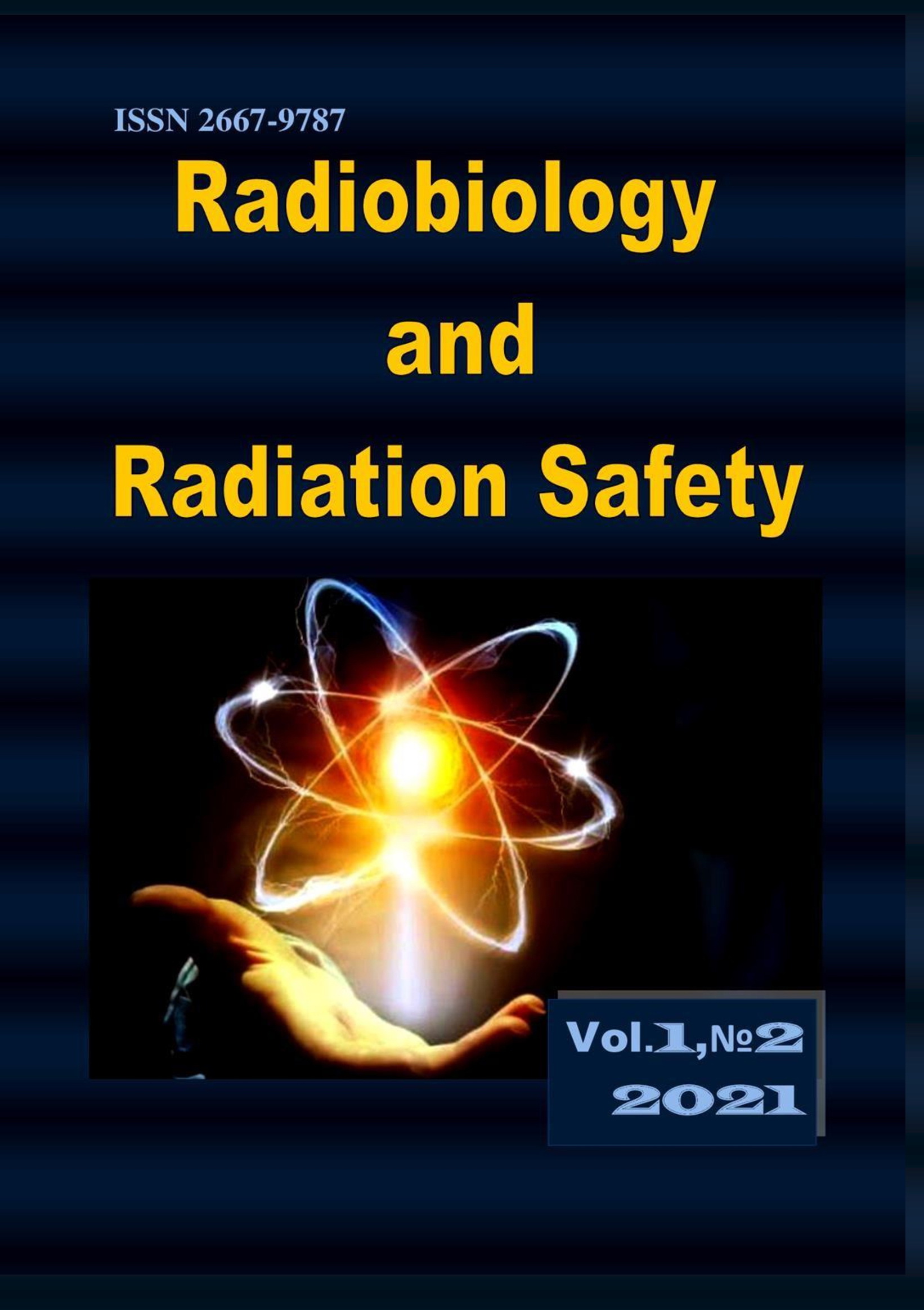Research or Radionuclides Accumulation Regularity by Georgian Popular Culinary Herbs for the Determination of Health-Connected Risks
DOI:
https://doi.org/10.48614/rrs120213297Keywords:
Radionuclides Accumulation, Culinary Herbs, Cancer RiskAbstract
In all neighboring countries of Georgia, programs for the construction and operation of nuclear power plants of various capacities are being actively developed, which does not exclude the problems of radionuclide emissions and migration during technogenic accidents. A special place in this regard is occupied by the study and forecasting of possible food contamination mechanisms by taking into account the specifics of the food ration of the local population for each region. The present paper discusses the peculiarities of the accumulation of radionuclides by culinary herbs typical for Georgia. They are one of the main ingredients for Georgian national cuisine. Based on the experimental data obtained, calculations have been made on the possible risks to the health of the population in the event of extreme contamination of territories with anthropogenic radionuclides. By comparing the accumulation coefficients of radionuclides (radiocesium) in the tissues of culinary herbs with the level of the average consumption of these ingredients, additional parameters of dose load at the level of various organs of the human body have been determined. Based on the use of software modeling methods, the possible risks of radiobiological effects dangerous to health, on the example of radiation cancer development, during radionuclide contamination of culinary herbs in Georgia, through their long-term consumption for food, were identified.



